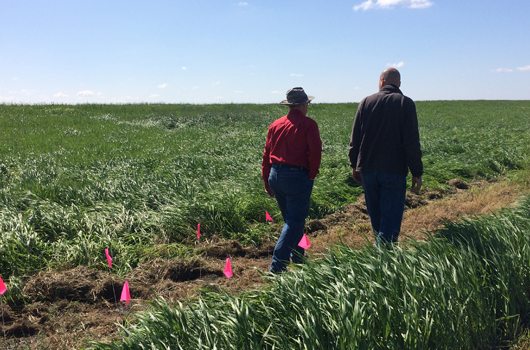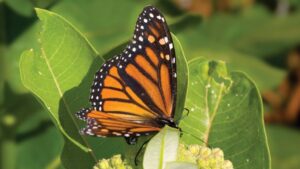During the past two decades, the monarch butterfly population has seen a significant decline — likely due to many factors such as loss of overwintering site habitat, changing weather patterns, a drop in forage plant diversity and the reduction in milkweed habitat. Milkweed serves as the exclusive egg-laying site for adult female butterflies and the sole food source for caterpillars.
To help increase milkweed habitat, BASF just launched Living Acres, a research and education initiative dedicated to finding best practices for establishing milkweed refuges in non-cropland areas.
“The monarch’s migration path follows major stretches of farmland within the United States,” explains Luke Bozeman, BASF group lead for field biology.
Recently, Living Acres released a how-to video that shares best practices for planting milkweed. The information can easily be adapted for establishing a butterfly garden or urban milkweed refuge. Resources like this aim to ensure the milkweed habitats that are planted stay around for years to come in an attempt to serve as many generations of monarch butterflies as possible.
Research has found that milkweed plants are most successful when established through a planting process using root sections or transplants. Though it is common to plant milkweed seeds, only a small percentage of planted seeds germinate. For those seeds that do germinate, the seedlings are non-competitive and are easily overrun by other plants. This makes it difficult to establish a vigorous milkweed refuge from seed. Planting root sections with active buds or direct transplanting plants results in the most successful establishment. The plants grown from root sections are typically much more vigorous than transplants in the first year of growth.
The video outlines the following best practices for establishing a sustainable milkweed habitat:
- Start by clearing an area of vegetation that gets at least six hours of sunlight.
- Dig a small hole that is anywhere from 3 to 6 inches deep for the root section and cover with soil.
- Water the new plant twice per week until establishment and new growth is observed.
- For small patches, space the plants 3 feet apart, for larger areas, plants can be spaced 15 to 20 feet apart.
To learn more about Living Acres and to download a best practices brochure, visit agro.basf.us/sustainability.












